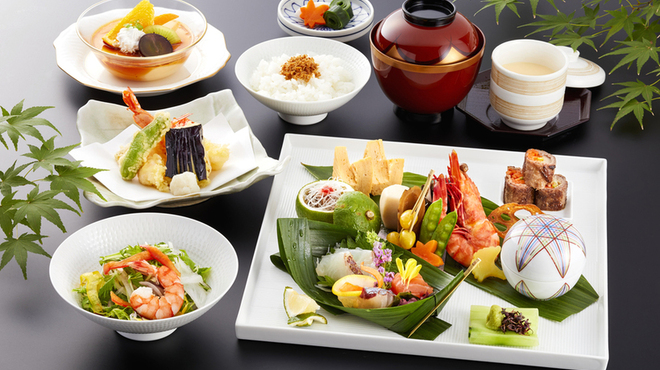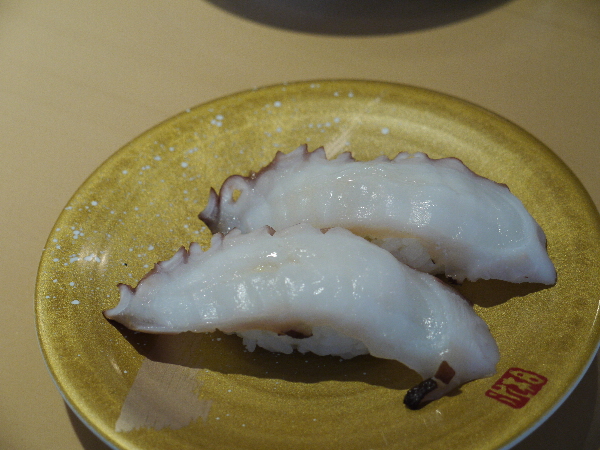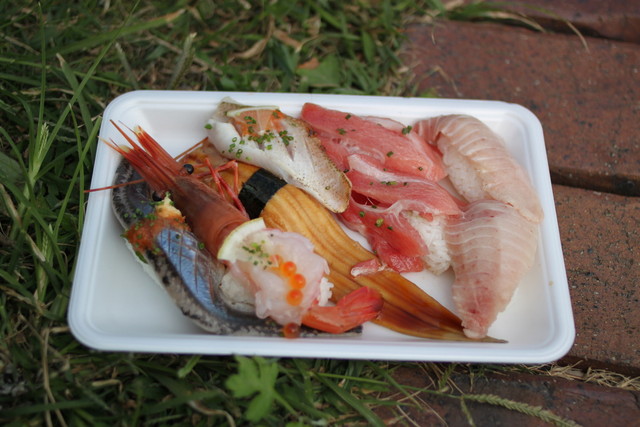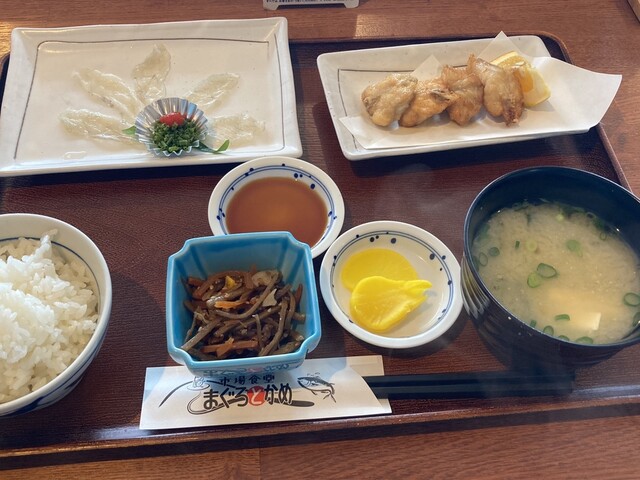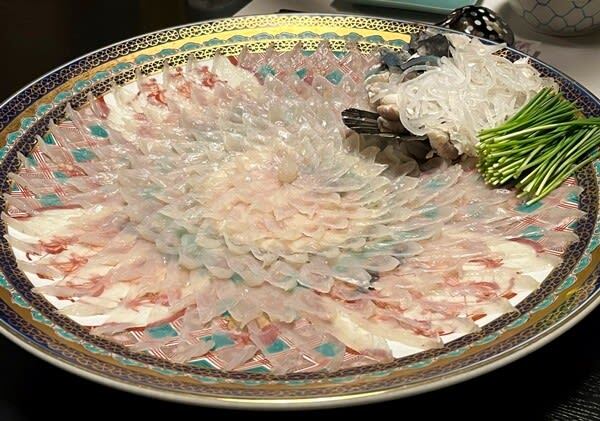
The "Sui-ten-mon" (Water Gate) of Akama Shrine, designated as a registered tangible cultural property of Japan, is a vermilion-painted tower gate that greets visitors who pass through the torii gate with grandeur. When Akama Shrine, which had been burned down during the war, was rebuilt, it was said to have been modeled after a building like Ryugu Castle, imagining a city under the sea. Just the atmosphere of this gate alone can make you feel as if you've wandered into Ryugu Castle. Passing through the Water Gate and looking from the shrine side, you can see the town of Kitakyushu City, Fukuoka Prefecture, located across the sea of the Kanmon Strait, separated by a road. However, when you look back at the history of Akama Shrine, the scenery seems to have a certain fragility, as if it is watching over the underwater city.
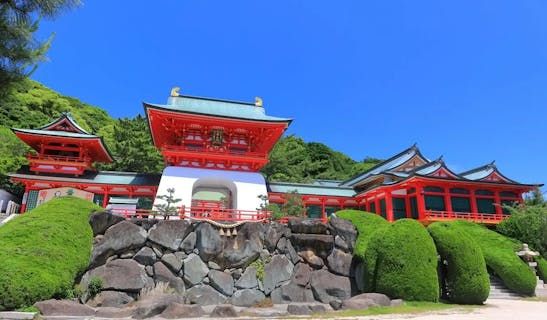














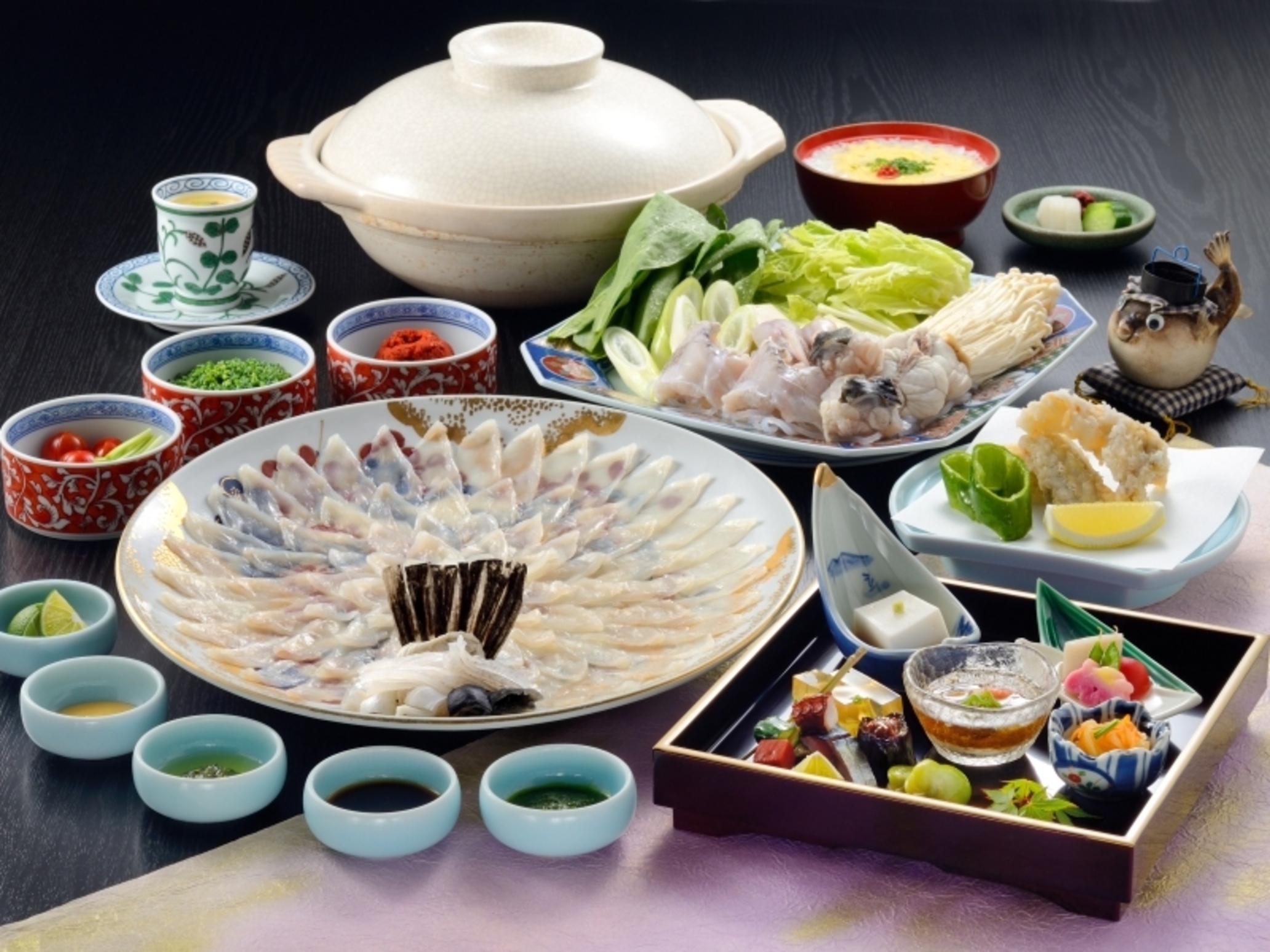







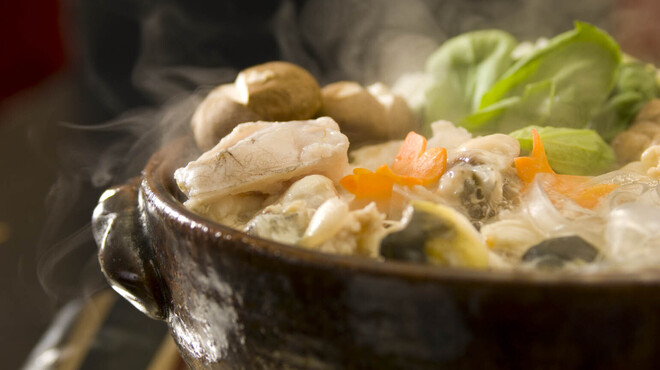
 ¥10,000~¥14,999
¥10,000~¥14,999
 ¥20,000~¥29,999
¥20,000~¥29,999
